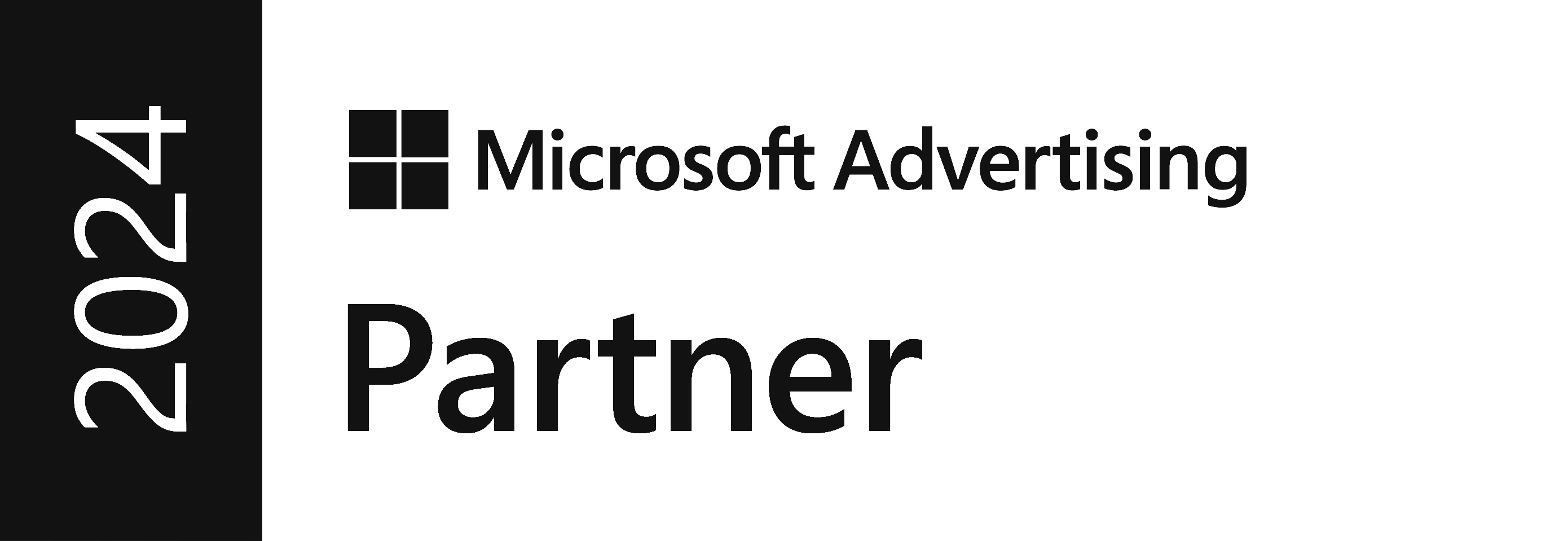WHAT IS MOBILE FIRST INDEXING?
Google uses ‘bots’ (programmes) to ‘crawl’ (scan), web content so that they can show search results to their users. As the net has evolved, they have diversified what they let their users search for – videos, image, scholarly texts – but in the last few years they started to prioritise how people can easily access this information.
Web traffic from mobile devices first surpassed desktop browsing in 2016. Tablets and smartphones dominate the mobile landscape, but as wearable tech, voice assisted search and smart homes become more prevalent, the importance of mobile is only set to increase.
From July 2018, Google is responding to user behaviour by indexing (adding to their list of web pages) and ranking mobile versions of websites ahead of desktop versions. Though this will be a gentle roll out, websites that rely on regular organic traffic for lead generation and delivering customer service should take note.
How can you prepare your site for mobile first indexing?
CRAFT your site for mobile. Make sure your pages are Clear, Responsive, Accessible, Fast and Tested.
Clear Content
Devices may change but content is still king. When you’re writing copy, selecting image or adding video to your website, social or products, think about how users are likely to access it. Smaller screens, voice assisted search and data portability mean, intuitive language, clear messages and good site structure are essential to high quality user experience. In a mobile first world, sites that perform well here will have the competitive edge.
Responsive
Google expects you to have one page. Not a mobile page and desktop page. One page for all users. If you are currently using a separate mobile site which has less information than your desktop site, you could see a drop in your rankings.
The best way to create a site that looks great on desktop, mobile and tablet is to have a responsive site that adapts its layout, images and content to the device upon which it’s being viewed.
Not sure if you have responsive site? There’s an easy way to check from your desktop browser.
Simply change the width of the viewing window and see if the content on the page adapts. If your page is responsive, then you should still be able to see all the information on your page, even though it might be in a different order.
If your page is not responsive, then adjusting the width will be a bit like pulling the curtains closed on your kitchen window. The view won’t change but some of it will be obscured.
Accessible
One of Google’s aims for mobile first indexing is to make it content accessible to lots of different devices – some of which may not even be invented yet.
Think of the different web-connected devices you use to help in your life. In your bag, you may have a mobile phone and tablet, on your wrist you might even have a smart watch. Then there’s the digital console in your car and maybe even a voice assistant in your home. These are all mobile devices that can and are being used for search.
Integrating structured data into the framework of your website will help your content to utilise services like AMP and Google Shopping and provide the opportunity to be listed in the featured snippets that Google pushes to the top mobile search results, e.g. featured carousels and page extracts.
This will help Google to better understand your content and make it more easily available to potential customers.
FAST
Speed is of the essence for mobile websites. Your images should load quickly. Your structure should be streamlined. And the aim of your content should be apparent from the moment the user visits your site.
Does your site move like lean gazelle or a garden snail? Find out for free with Google’s free Page Speed Tools. Here you can enter your web address for free recommendations on ways to improve your site’s mobile experience.
Tested
A recent assessment of one client website showed that within the span of just one week, the page had been accessed by more than 100 different mobile devices. Among the list were dozens of mobile phone brands but also tablets, eReaders and even an iPod.
To get an idea of how your site performs, test it on lots of different devices, operating systems and networks. A site that consistently performs well on a range of devices will be best positioned for mobile first.
Is your site ready for mobile first indexing?
Useful TOOLS:

1st Floor, Alphin Brook House,
Alphin Brook Road,
Exeter EX2 8RG
MORE THAN
Digital
Marketing.
View our sustainability page.
PPC for B2B
PPC for Law Firms
PPC for Luxury Ecommerce Brands
PPC for Travel and Tourism





